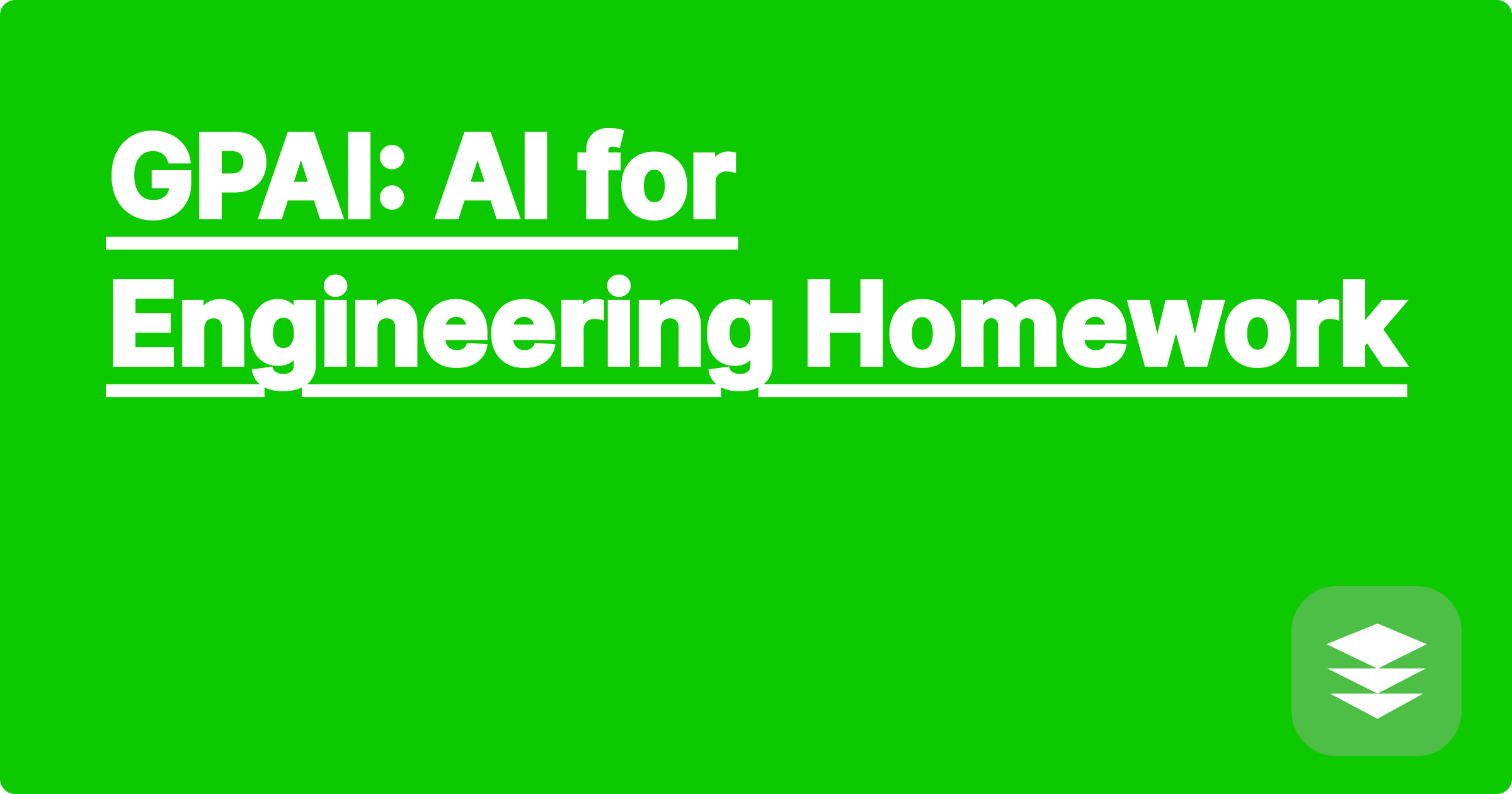
The ever-increasing complexity and workload in STEM fields can feel like a constant uphill battle. Long nights spent poring over textbooks, wrestling with complex equations, and struggling to keep up with the demands of coursework are a common experience. But what if there was a way to make this journey less daunting, to gain a competitive edge, and even rediscover the joy of learning? Artificial intelligence (AI) is rapidly transforming the educational landscape, offering powerful tools and resources that can revolutionize how STEM students approach their studies. This isn't about replacing hard work, but rather about working smarter, leveraging AI to optimize learning, and ultimately, achieving academic success.
This blog post dives into the exciting world of AI-powered learning, specifically focusing on how it can empower STEM students to conquer their homework challenges and excel in their studies. We'll explore a fictional AI learning platform called GPAI and discuss how its features can personalize your learning experience. We'll also delve into other AI tools that can assist with everything from complex calculations to data analysis and coding, providing practical examples and actionable strategies to integrate these tools into your workflow. Whether you're a second-year engineering student struggling with thermodynamics or a graduate researcher grappling with complex datasets, this guide aims to equip you with the knowledge and resources to harness the power of AI and unlock your full academic potential.
STEM fields are inherently demanding, requiring students to master complex concepts, solve intricate problems, and apply theoretical knowledge to real-world scenarios. Traditional learning methods often fall short in providing the personalized support and adaptive feedback necessary for optimal learning. Many students find themselves overwhelmed by the sheer volume of information, struggling to identify their weaknesses and prioritize their study efforts. This can lead to frustration, decreased motivation, and ultimately, hinder academic performance. Furthermore, the rapid pace of technological advancements in STEM fields requires students to constantly adapt and acquire new skills, making effective learning strategies even more crucial. The challenge lies in finding tools and techniques that can bridge the gap between theoretical knowledge and practical application, enabling students to learn more efficiently and effectively.
AI-powered learning platforms like our fictional GPAI offer a personalized and adaptive approach to STEM education. GPAI can analyze a student's strengths and weaknesses, creating a customized learning plan that focuses on areas needing improvement. Imagine having a virtual tutor that understands your individual learning style and tailors its instruction accordingly. GPAI can generate practice problems that target specific concepts, providing immediate feedback and guidance. It can even predict potential areas of struggle, allowing students to proactively address these challenges before they become major obstacles. Beyond GPAI, other AI tools like Wolfram Alpha can be invaluable for solving complex equations and understanding underlying mathematical concepts. ChatGPT and Claude can assist with research, brainstorming ideas, and even generating code snippets. These tools, when used strategically, can significantly enhance the learning process and empower students to take control of their education.
Integrating AI tools into your workflow doesn't require a complete overhaul of your study habits. Start by identifying your biggest challenges. Are you struggling with specific concepts? Do you find it difficult to manage your time effectively? Once you've pinpointed your pain points, explore the various AI tools available and choose those that best address your needs. For instance, if you're struggling with calculus, Wolfram Alpha can be an invaluable resource for visualizing complex functions and understanding their properties. If you're overwhelmed by the sheer volume of research papers you need to read, ChatGPT can help you summarize key findings and extract relevant information. Begin by experimenting with different tools and gradually incorporate them into your daily study routine. Don't be afraid to try different approaches and find what works best for you. The key is to view these tools as supplements to your existing study habits, not replacements for them.
Consider a mechanical engineering student grappling with a thermodynamics problem involving heat transfer. Instead of spending hours flipping through textbooks, they can input the problem into Wolfram Alpha, which can not only provide the solution but also break down the steps involved and offer visualizations of the underlying principles. A biology student researching the effects of a particular gene can use ChatGPT to quickly summarize relevant research papers, saving valuable time and allowing them to focus on analyzing the information. A computer science student working on a coding project can leverage GitHub Copilot to generate code snippets and automate repetitive tasks, freeing up their time to focus on the more challenging aspects of the project. These are just a few examples of how AI tools can be applied across different STEM disciplines to enhance learning and problem-solving.
Effective time management is crucial for academic success, and AI tools can play a significant role in optimizing your study schedule. GPAI, for example, can analyze your progress and suggest personalized study plans, helping you prioritize tasks and allocate your time effectively. Furthermore, AI tools can help you identify your learning style and tailor your study methods accordingly. By understanding your strengths and weaknesses, you can focus your efforts on the areas where you need the most improvement. Finally, don't underestimate the importance of collaboration and seeking help when needed. AI tools can facilitate collaboration by providing platforms for sharing notes, discussing concepts, and working on projects together.
Embracing AI in your STEM journey isn't just about using fancy tools; it's about transforming your approach to learning. It's about becoming a more efficient, effective, and empowered learner. Start exploring these tools today, experiment with different strategies, and discover how AI can help you unlock your full academic potential and pave the way for a successful future in STEM. Remember, the key is to be proactive, adaptable, and willing to embrace the transformative power of AI in education. Don't just keep up with the curve – get ahead of it.